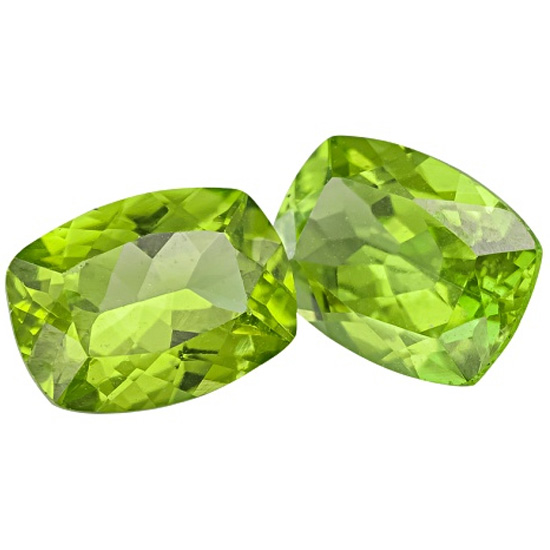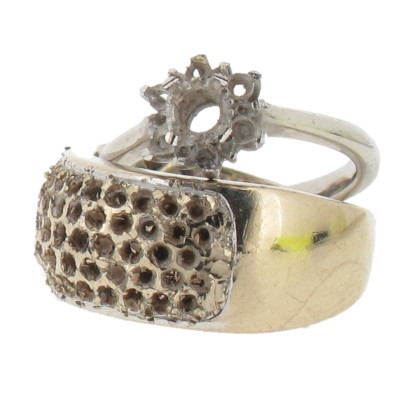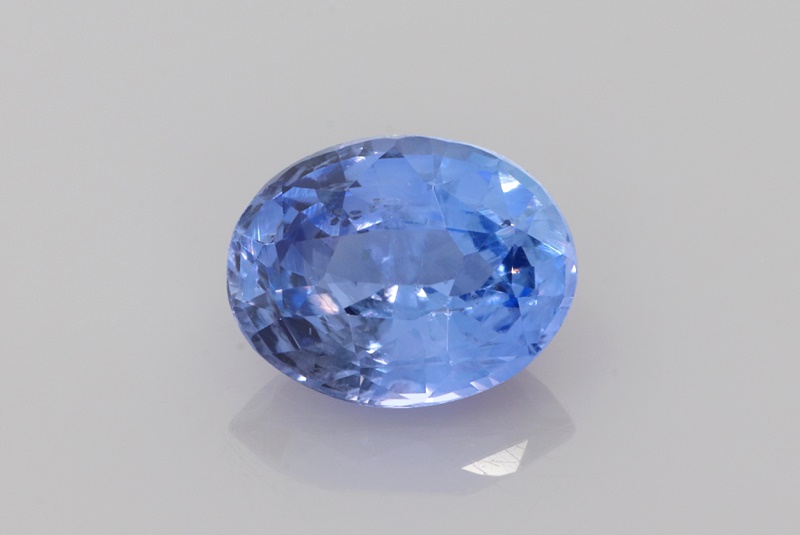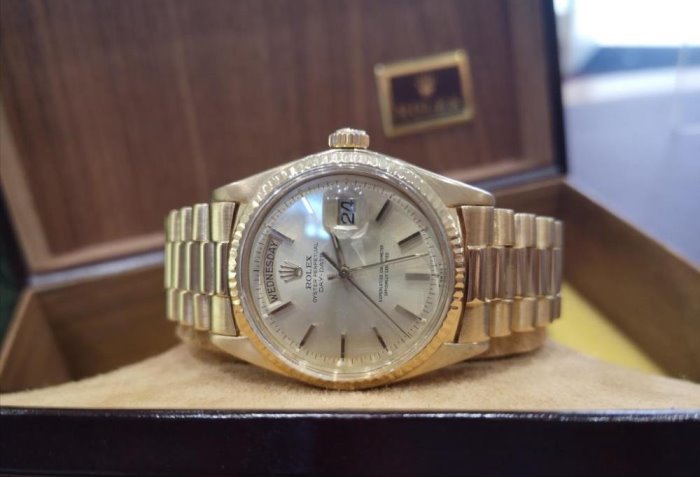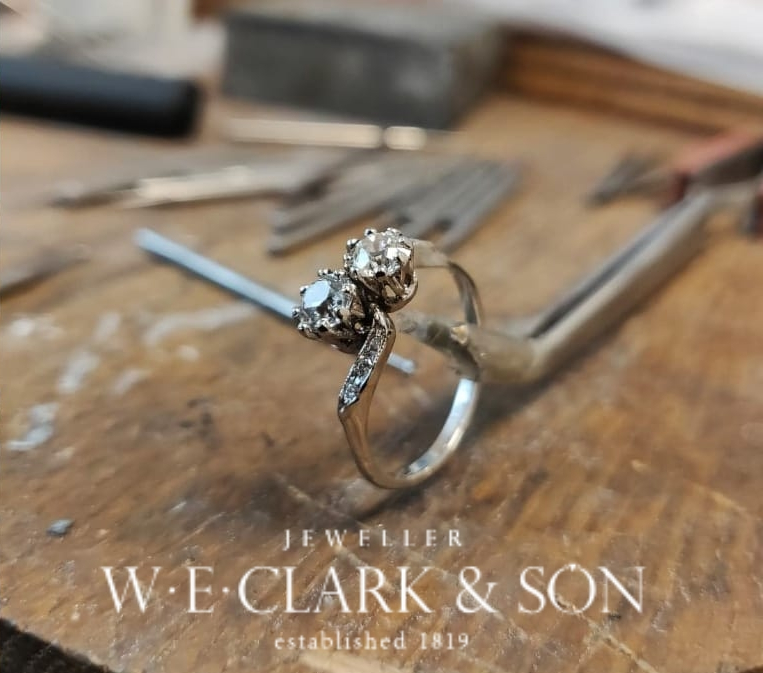August Birthstone
August is the month of summer holidays, sunshine (well it’s meant to be sunny!) and if you are lucky enough to have a birthday in this month the lush green gemstone peridot.
Peridot known as “the evening emerald” because of its sparkling green hue should have a beautiful lime-green hue without any hint of brown or yellow. No inclusions should be visible to the naked eye although dark spots might be able to be seen under a loop.
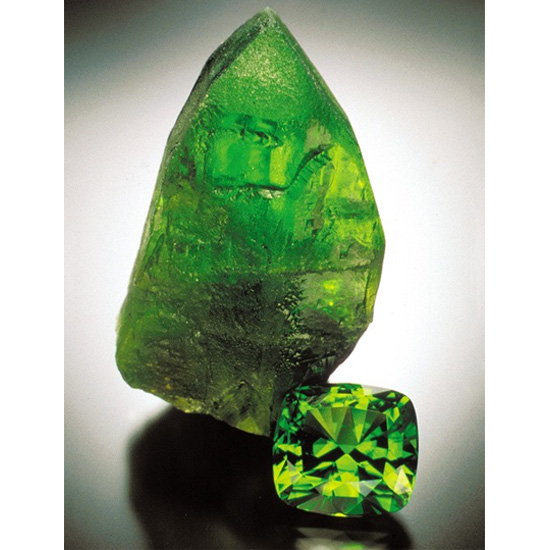
Peridot has long been confused with emerald; the shrine of the Three Holy Kings in Germany’s Cologne Cathedral is decorated in 200 carats of beautiful green gemstones which for a long time where thought to be emeralds but are in fact peridot.
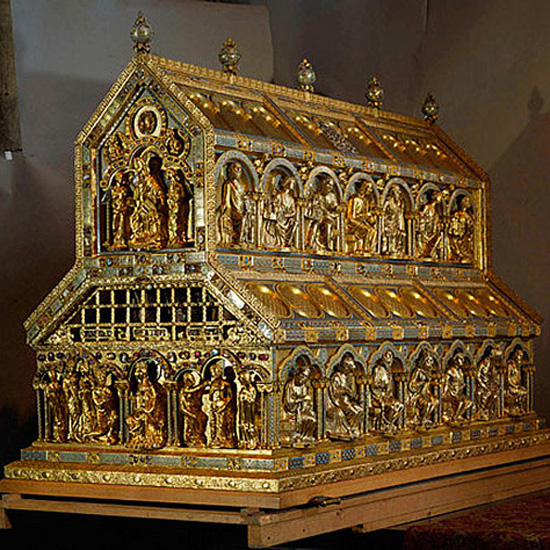
Peridot is one of a handful of gemstones that only comes in one colour, green (although shades can vary with yellow or brown hues dependent on how much iron is present) this is due to the fact the colour comes from the composition of the mineral itself rather than from trace impurities. It essential is a rare gem-quality variety of the common mineral olivine which is formed deep inside the Earth’s mantle and is brought to the surface by volcanoes.
Flawless peridot over 5 carats is very rare. The largest peridot ever found in the world is 310 carats and is in the Smithsonian Museum in Washington D.C.
The majority of the world’s peridot comes from the San Carlos Reservation in Arizona, it was created thousands of years ago from massive volcanic eruptions which caused rivers of lava across the desert landscape, today this area is known as the San Carlos Apache Indian Reservation, and some Apache families have worked the mines for decades.
Large deposits were discovered in Pakistan in the 1990’s which helped make peridot a relatively inexpensive gemstone in small sizes. Peridot deposits have also been discovered in China, Myanmar and Africa.
Peridot can also be found in some unusual and exotic locations such as Peridot Beach in Hawaii where peridot once symbolized the tears of Pele, the volcano goddess of fire who controls the flow of lava. Here the loose peridot crystals in the sands shimmer in luminous green.
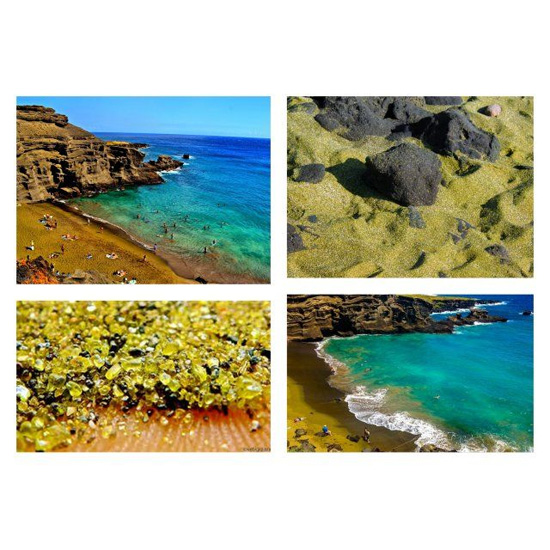
In Myanmar near the gem city of Mogok loose peridot crystals can be found in the crevices in the rock.
Peridot is assessed using the same criteria as diamonds – colour, clarity, cut and carat to determine value. Peridot measures 6.5 to 7 on the Mohs scale of hardness meaning although it is hard enough to be worn in a piece of jewellery and is robust enough to withstand gentle everyday wear this gemstone should be treated care and as it is softer than most gemstones can be prone to cracking and scratching.
Thankfully there is now enough peridot in the jewellery market so that the perfect peridot can be found to fit anyone’s style or budget.
Come in-store and view our range of peridot jewellery.
